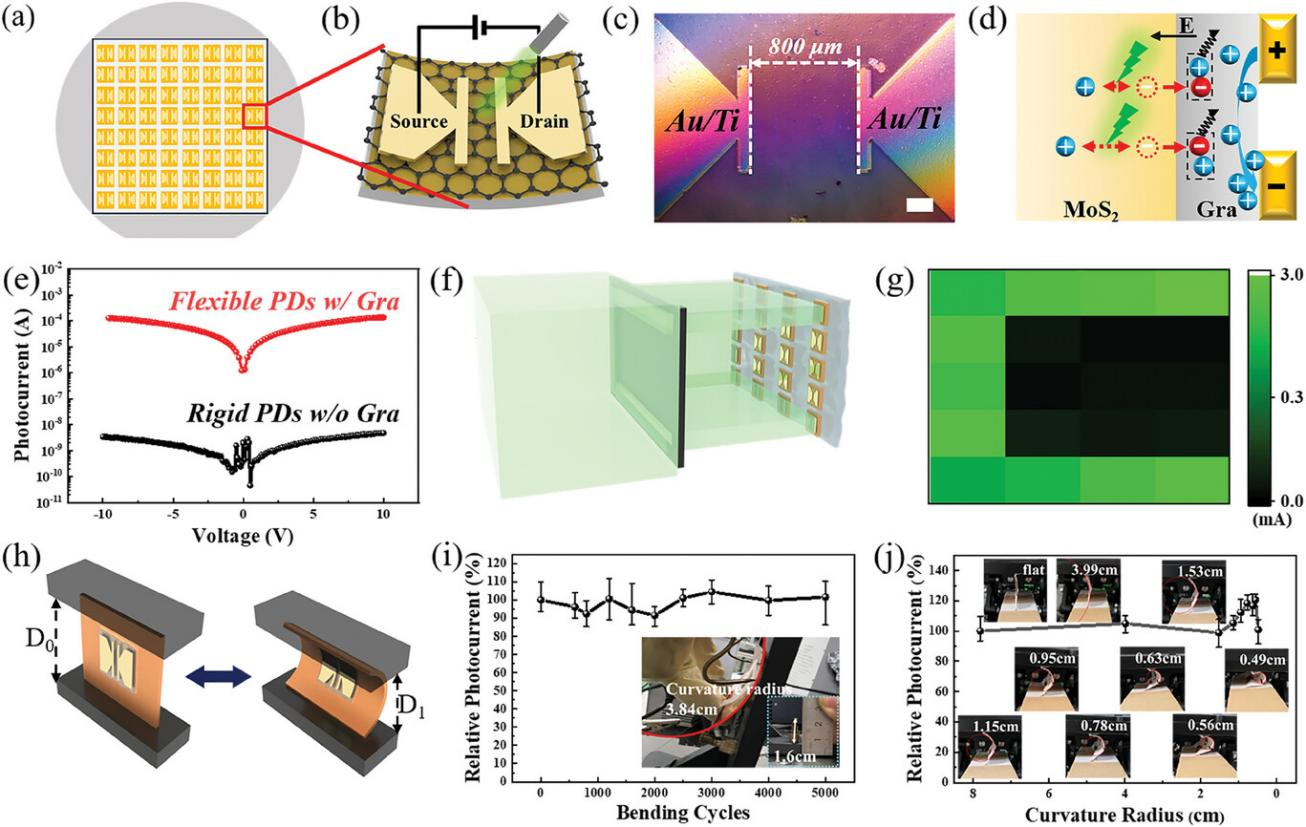
Researchers from the Changchun Institute of Optics, Fine Mechanics and Physics, Chinese Academy of Sciences, have made important strides in the field of flexible electronics by developing an efficient method for the wafer-scale growth and transfer of high-quality molybdenum disulfide (MoS2) arrays. Their findings were published in the journal Advanced Science and selected as the issue “Frontispiece”, highlighting a novel approach that could enhance the performance of flexible optoelectronic devices.
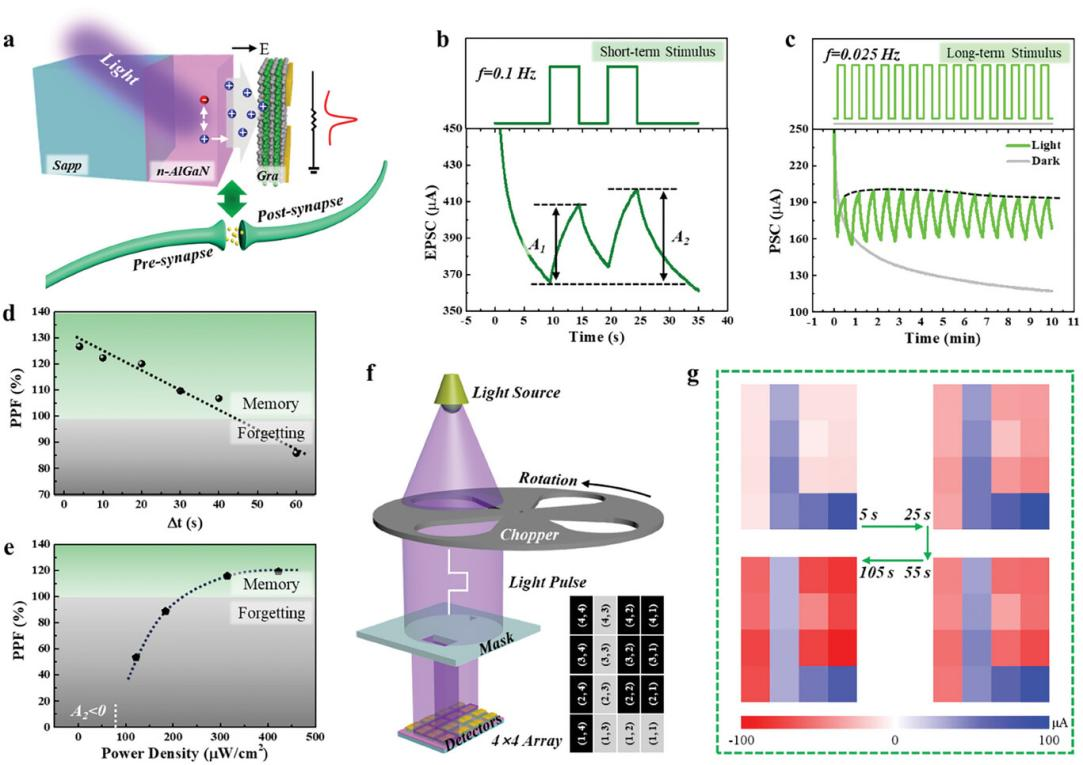
In the latest online issue of the journal Small, researchers from the Changchun Institute of Optics, Fine Mechanics and Physics, Chinese Academy of Sciences, have published a significant study that has been featured as the "frontispiece" of the issue. The research team developed a novel method for the in situ growth of wafer-scale patterned graphene, highlighting the potential of graphene-based materials in the fabrication of optoelectronic artificial synaptic devices, which could revolutionize our understanding of visual learning and artificial intelligence.
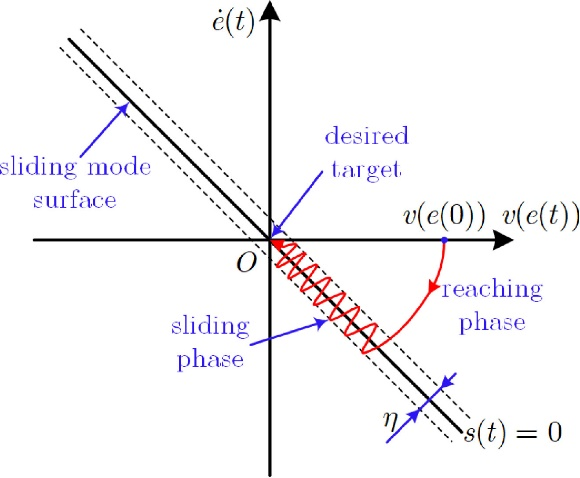
In recent years, permanent magnet synchronous motors (PMSM) have gained widespread adoption in high-precision servo systems, such as robotics, aerospace, and astronomy due to their remarkable performance characteristics. However, their inherent nonlinearities and susceptibility to disturbances posed challenges in achieving optimal control.
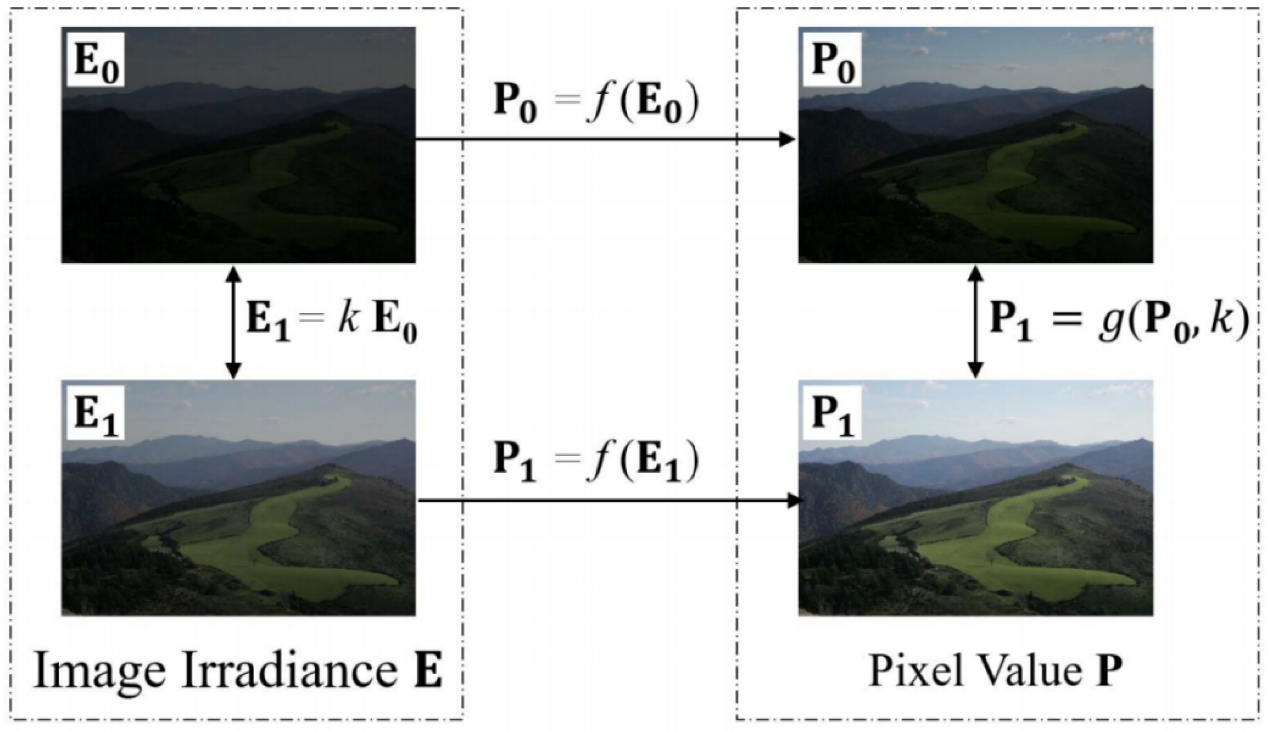
Researchers from the Changchun Institute of Optics, Fine Mechanics, and Physics, Chinese Academy of Sciences, have developed a novel low-light image enhancement method, the Zero-Reference Camera Response Network (ZRCRN). Published in the renowned journal Sensors, This study addresses the limitations of existing low-light image enhancement (LLIE) techniques, which often suffer from complex network structures or require multiple iterations, hampering their efficiency.
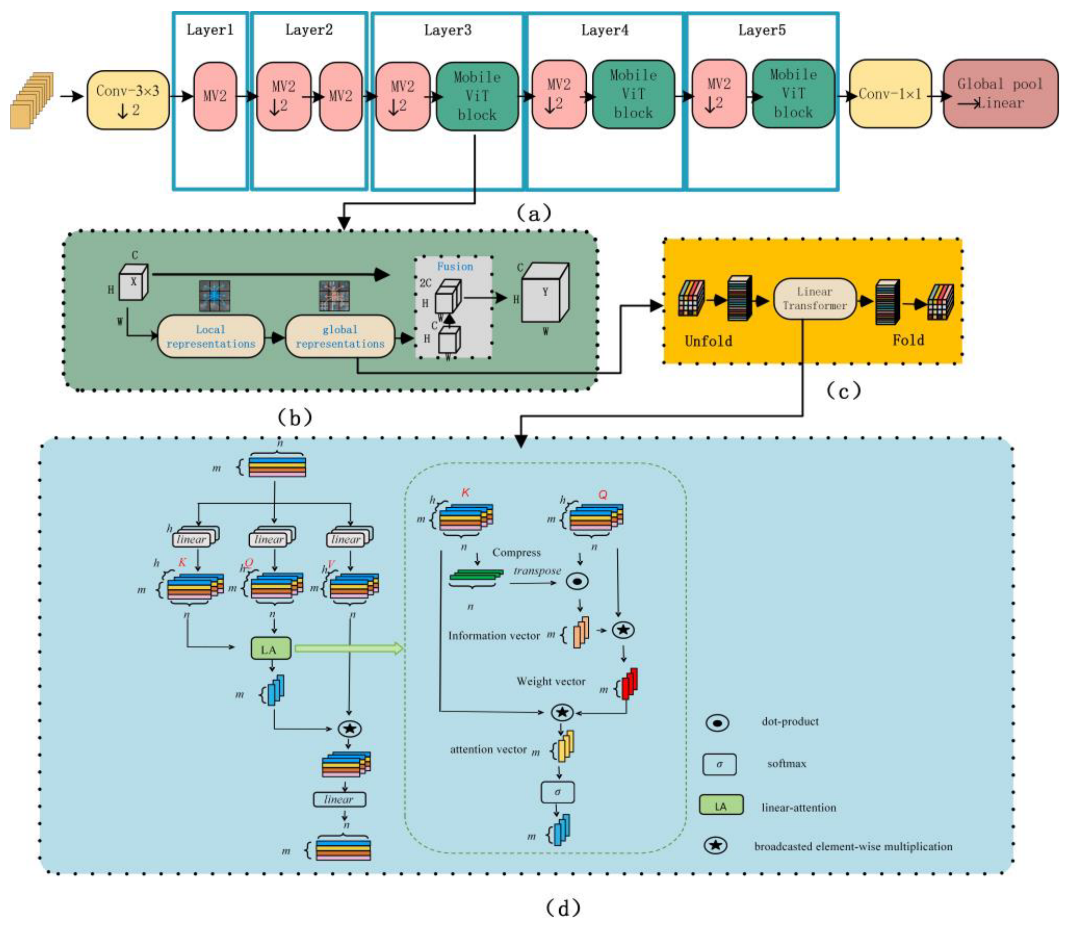
Researchers from the Changchun Institute of Optics, Fine Mechanics and Physics, Chinese Academy of Sciences, have developed a novel autofocus method that harnesses the power of deep learning to dynamically select regions of interest (ROI) in grayscale images.
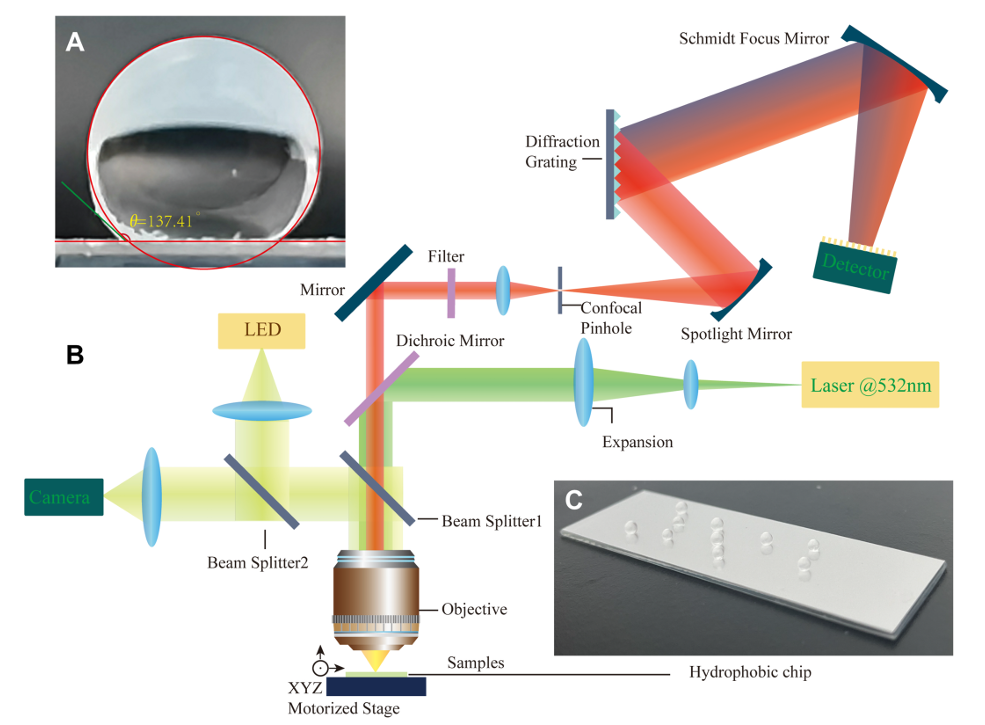
Researchers from the Changchun Institute of Optics, Fine Mechanics and Physics, Chinese Academy of Sciences, have developed a groundbreaking method published in the journal LWT - Food Science and Technology has revolutionized the way we identify lactic acid bacteria (LAB) colonies. This innovative approach overcomes the challenges of fluorescence background interference and slow detection speeds, enabling the swift and accurate identification of bacterial colonies.
